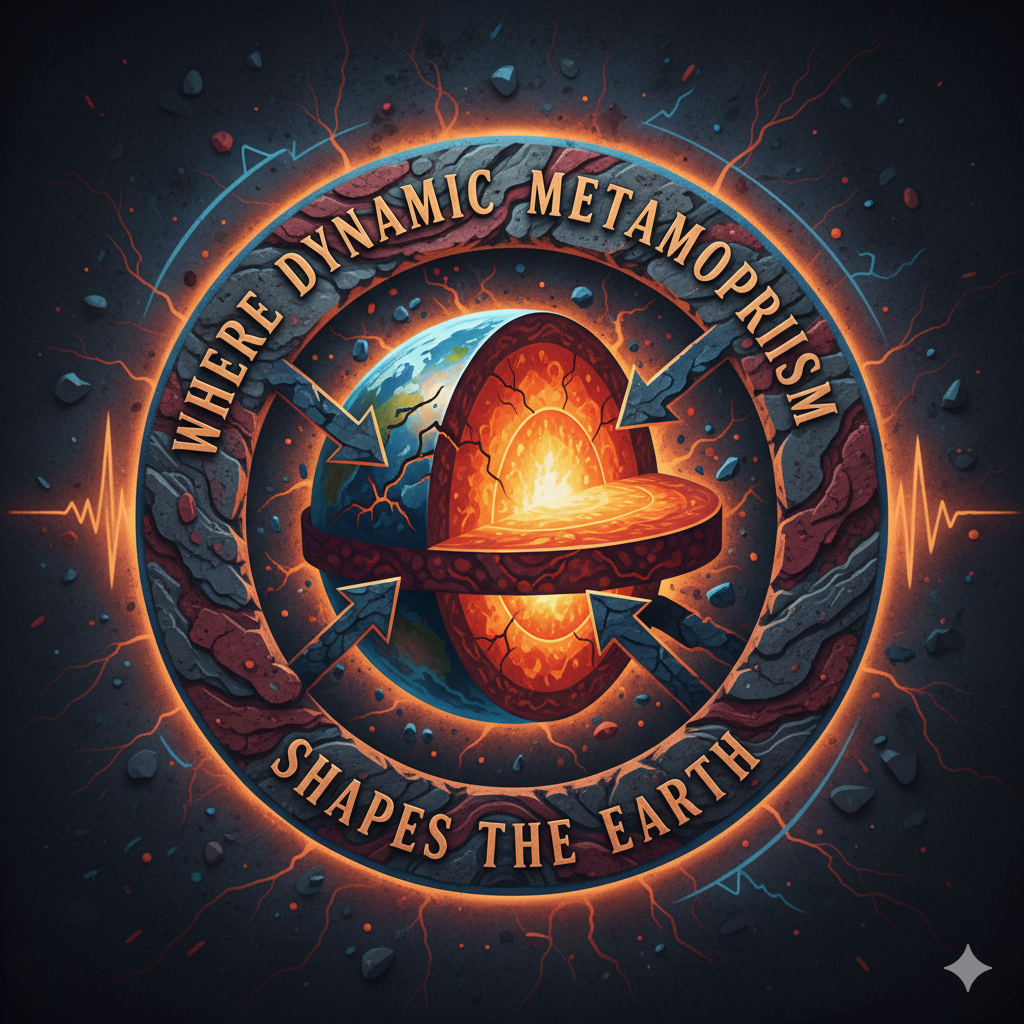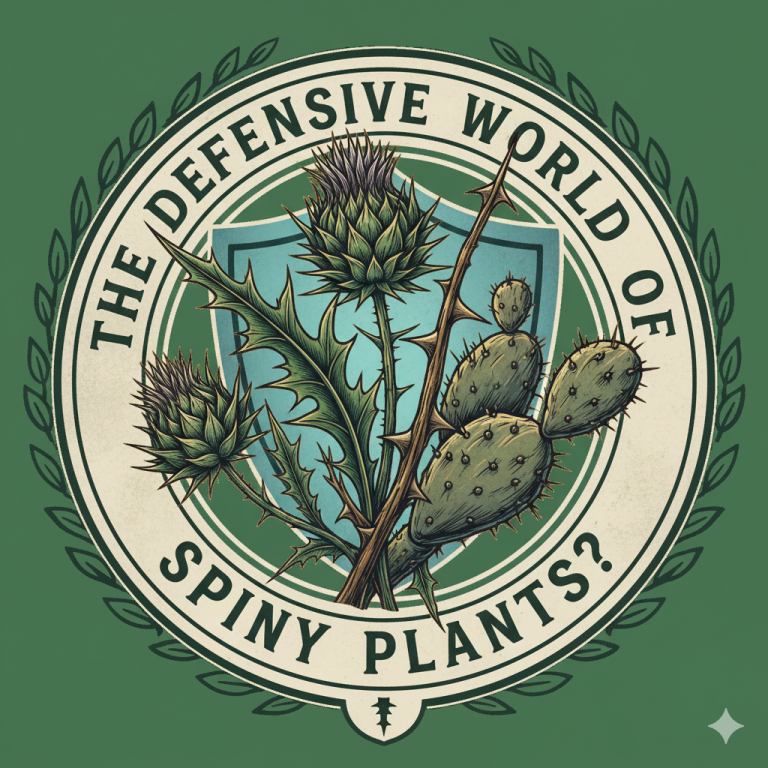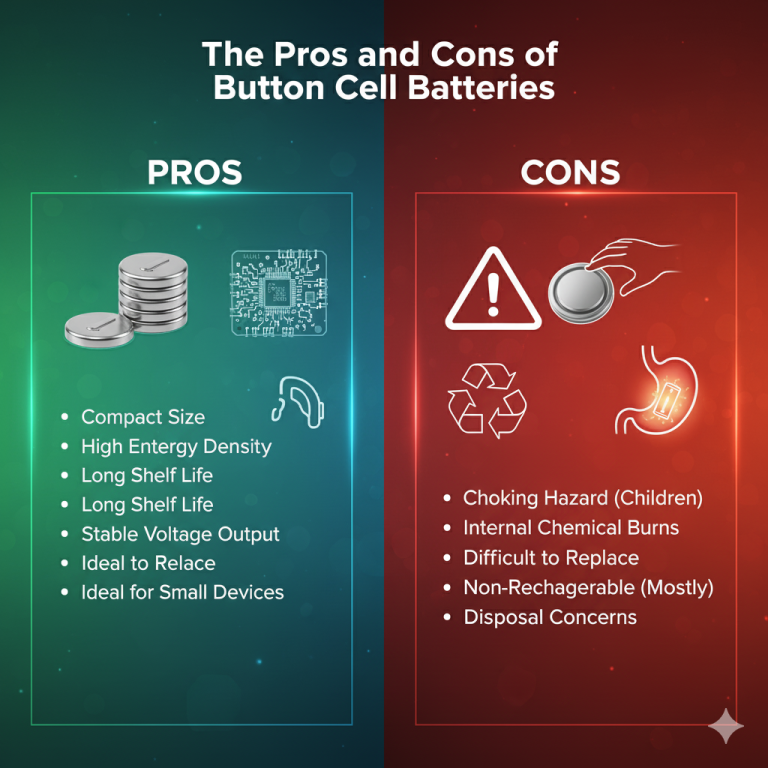Where Dynamic Metamorphism Shapes the Earth?
Dynamic metamorphism, also referred to as cataclastic metamorphism, is uniquely driven by the intense directed pressure and shear stress generated along active fault zones in the Earth’s crust. Unlike other forms of metamorphism that involve significant heat or chemical changes, this process is predominantly a mechanical grinding and crushing of rock. It is most likely to occur at specific, geologically violent locations where tectonic forces cause massive blocks of rock to slide past one another. The primary location for this phenomenon is along transform plate boundaries, where two tectonic plates slide horizontally past each other. The immense friction and intense stress concentrated at these boundaries, such as the famous San Andreas Fault in California, pulverize the existing rock. This results in the formation of unique cataclastic rocks like fault gouge, a fine-grained, clay-like material, and mylonite, a very hard, fine-grained rock that exhibits a distinctive layering or foliation formed by the extreme ductile deformation and recrystallization under non-hydrostatic stress conditions.
The specific metamorphic textures and rocks created are directly tied to the depth and temperature conditions within the fault zone. At shallower crustal levels, where rocks are cooler and more brittle, the process is characterized by simple mechanical breaking, creating brecciated rocks and random-fabric fault gouge. As we move deeper into the crust, typically between 10 to 20 kilometers depth, the increasing confining pressure and temperature allow rocks to deform in a more plastic manner even under the dominant shear stress. It is in this deeper, higher-temperature regime of a fault zone that the most characteristic rocks of dynamic metamorphism, such as mylonites, are formed. Therefore, the most likely location is not just any fault, but specifically the deeper sections of major, active crustal fault systems associated with plate boundaries. This process is a key mechanism for accommodating plate tectonic movement and is crucial for understanding how rocks behave and recycle in the Earth’s most dynamic and seismically active regions.
Frequently Asked Questions
Question: What is the main driving force behind dynamic metamorphism?
Answer: The main force is intense directed pressure and shear stress, not heat.
Question: How is dynamic metamorphism different from regional metamorphism?
Answer: Dynamic metamorphism is localized along fault zones and driven by stress, while regional metamorphism affects vast areas and is driven by both heat and pressure from tectonic collisions.
Question: What is a common rock product of this process?
Answer: Mylonite is a very common and characteristic rock formed by dynamic metamorphism.
Question: Can you find dynamic metamorphism at divergent boundaries?
Answer: Yes, it can occur along faults associated with divergent boundaries, but it is most characteristic of transform boundaries.
Question: Does this process involve the formation of new minerals?
Answer: Typically, few new minerals are formed; the change is mostly mechanical, though recrystallization of existing minerals can occur.
Question: What is fault gouge?
Answer: Fault gouge is a fine-grained, unconsolidated rock powder created by the grinding action within a fault zone.
Question: At what depth does mylonite form?
Answer: Mylonites form in the deeper, more ductile parts of fault zones, typically several kilometers below the surface.
Question: Is dynamic metamorphism linked to earthquakes?
Answer: Absolutely, the same fault movements that cause earthquakes are responsible for generating the conditions for dynamic metamorphism.
Question: What does ‘cataclastic’ mean?
Answer: Cataclastic means “broken down,” referring to the mechanical fragmentation of rock grains.
Question: Can you see evidence of this process on the surface?
Answer: Yes, exposed fault lines often show shattered and crushed rock, providing clear surface evidence of this metamorphic process.
Keywords: dynamic metamorphism, cataclastic metamorphism, fault zones, shear stress, directed pressure, mylonite, transform plate boundaries, rock deformation, tectonic forces, fault gouge, ductile deformation, metamorphic textures, crustal fault systems, plate tectonic movement, San Andreas Fault
Tags: #Geology #Metamorphism #DynamicMetamorphism #PlateTectonics #FaultZones #EarthScience #RockDeformation #Mylonite #StructuralGeology #Cataclasis







